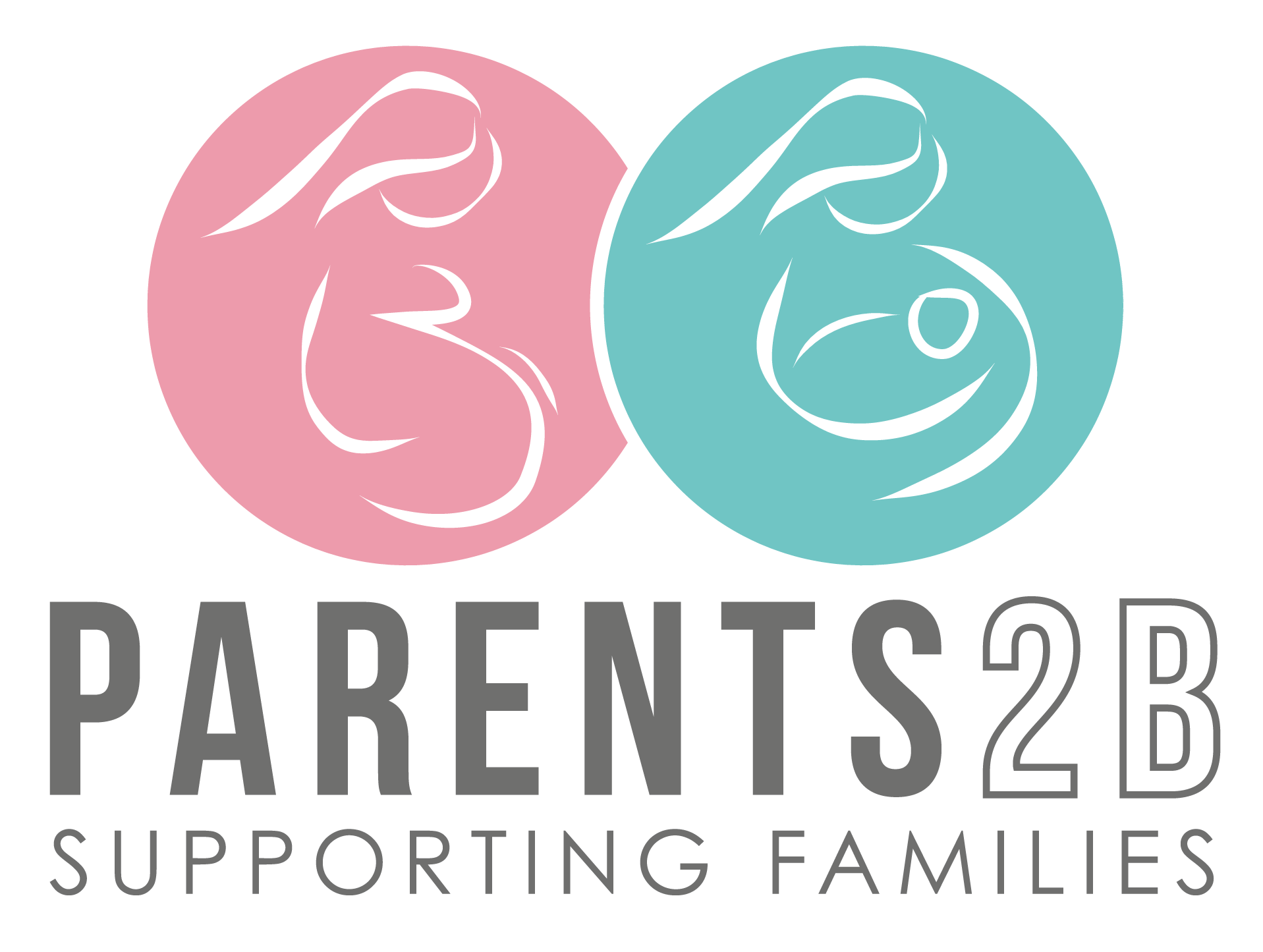
Labour broken down!
Labour is a journey into the unknown and every woman labours differently. Generally, for first time mothers, labour will take anytime between 12 – 16 hours. Knowledge can go a long way in helping reduce the anxiety often felt by impending mothers before the birth of their baby. Your antenatal classes will elaborate more on the stages of labour and the birthing process…. But here is a basic rundown;
Labour is broken up into stages; the first is when the cervix goes from being closed to approximately 10cm (or fully dilated); the second stage is those magical words “you are fully dilated”… to the birth of your baby (this can take up to 1 to 1.5 hours); and the third stage is from the birth of your baby to the delivery of your placenta.
We can further breakdown the first stage of labour into 3 smaller sections known as ‘phases’. I tell people in my class that they aren’t really going to care what ‘phase’ they are in – but I believe it is important to break it down to assist in the understanding of the labour process.
In my classes I get couples to suck on a lifesaver as an example of how the cervix is going to open during labour. I don’t think they ever look at a lifesaver in the same way again! When you suck on a lifesaver it takes ages for it to do anything …. But slowly it begins to thin and then takes no time to open up and break. This is how the cervix opens during labour – known as effacement and dilation.
The early phase of labour, also known as ‘latent’, is when the cervix goes from being closed to approximately 3cm dilated. The hardest work – time wise – is for your cervix to become thin (or effaced). Once thin it opens a lot quicker. Just like sucking on the lifesaver! Most women think that the first sign of labour is that their waters will break ….. only 10% of labour start with the waters breaking!
During this early ‘latent’ stage of labour women are experiencing regular contractions every 8 – 15 minutes and they are lasting around 30 seconds long. Most women remain at home during this phase. It’s exciting but can also be a little nerve racking ….. you’re having a baby! Many women remain busy during this time, walking, using the shower, listening to music, heat packs, massage, rocking on a exercise ball, using the TENS machine and most importantly, having supportive people around her. Some women even venture off to the beach. You would be amazed how many labouring women and their support person(s) you see setting the pace on the beach in early labour.
It is important to keep your fluids up and eat small meals/snacks throughout this time. This stage can take up to 10 hours ….. but as I said earlier, no two labours are the same and many women can get through this stage a lot quicker or it may even take a little longer.
The second phase is known as the ‘active’ phase. This is when most women present to hospital. The cervix opens from approximately 3cm to 7cm and contractions are regular and increasing in strength, duration and frequency – every 3-4minutes and lasting around 60 – 90 seconds. Most women by this stage have to really concentrate through each contraction. This active stage can last for around 6 hours. Continue doing what you were doing in the latent phase of labour – take each contraction as it comes.
A labouring woman becomes more focused and introverted during this time – music (an ipod for example) and having the lights dimmed can help you through this stage. Always ring your maternity unit with any questions, concerns or even if it’s just for reassurance. Many maternity units will insist you phone them if, for example, your waters break, start labouring before 37 weeks, have any vaginal bleeding, unexplainable abdominal pain or with decreased baby movements.
It’s always important that you understand under what circumstances your chosen health care provider requests you phone and/or present to the maternity unit BEFORE you go into labour. Make sure you have the phone number close at hand. You will know when it’s time … as soon as you no longer feel comfortable.
The last phase of labour is known as’ transitional’. Mum’s are tired and the contractions are very strong (sometimes with 2 peaks) and very close together – they can last up to 90 seconds long … the cervix is thin and opens the remaining 2/3 cms. It’s hard work but often is short lived: up to 30 minutes or so. Some women however can take up to 90 minutes but this isn’t the norm.
Sometimes there is a lull between the end of first stage and the beginning of second stage.
FINALLY you are fully dilated and are able to push. The contractions are less frequent but more explosive in nature … you can do nothing but push with each contraction. It takes about 60 – 90 minutes to push your baby out ….. quicker with subsequent babies. Under most circumstances the baby is delivered straight onto mum’s chest or into her arms – depending on the position of delivery.
The third stage is from the birth of your baby to the delivery of your placenta. Discuss this stage with your health care provider as the length of this stage depends on the use of oxytocin or not.
Just remember, no two labours are the same. Ask as many questions during your classes antenatal classes so you understand the labour process. As I said before – a little knowledge can go a long way!
* The information contained in this website is for general information purposes only. The information is provided by Parents2b and while we endeavour to keep the information up to date and correct, we make no representations or warranties of any kind, express or implied, about the completeness, accuracy, reliability, suitability or availability with respect to the website or the information, products, services, or related graphics contained on the website for any purpose. Any reliance you place on such information is therefore strictly at your own risk.

